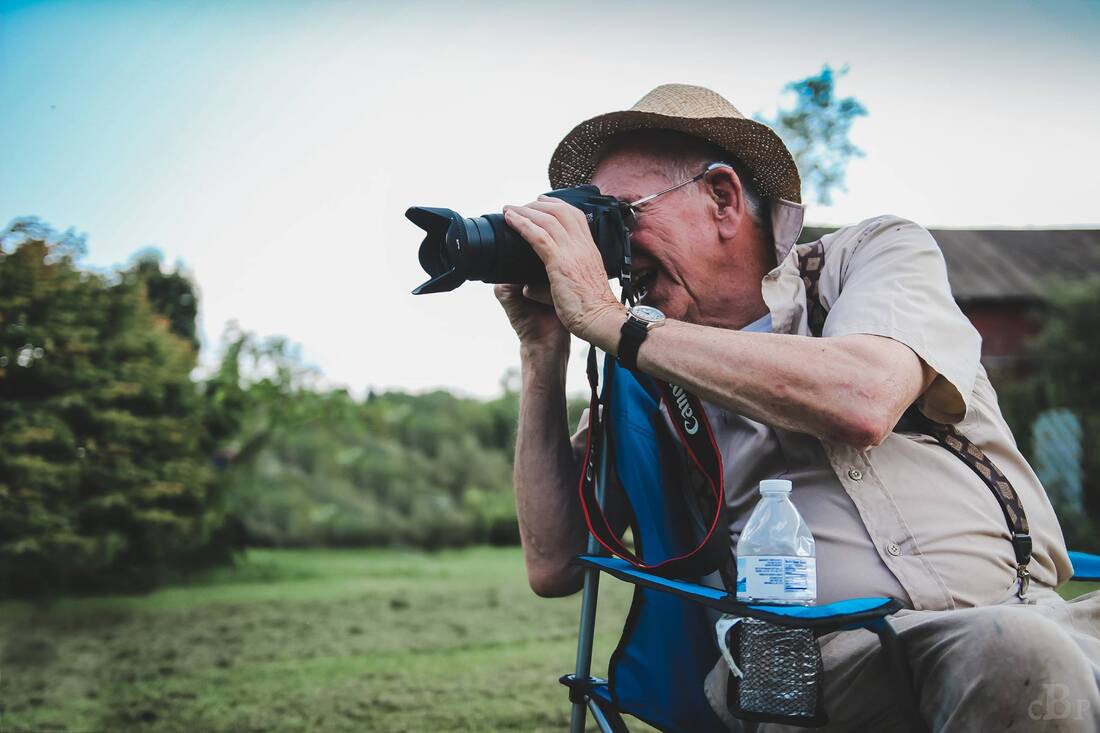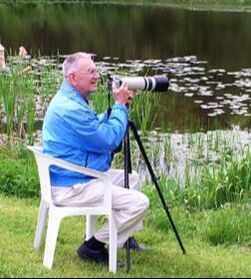|
In the early 1970s, as word spread about PP&L building a powerplant in Montour County and a subsequent lake area to be used as a backup coolant for the plant, local landowner Richard Hess developed an idea to capitalize on the news. “Our farm joins the preserve land where the pavilions are now. I had the idea of putting in a campground, because I understood that PPL wasn’t going to put a campground in and I figured that they’ll have the lake there for boating and fishing and trails to hike,” he said, taking a few days of vacation from his job with Sylvania, developing what would be the earliest electronic components for automobiles, to attend a conference at Penn State University on starting a campground.
0 Comments
Leave a Reply. |
AuthorsRiverkeeper John Zaktansky is an award-winning journalist and avid promoter of the outdoors who loves camping, kayaking, fishing and hunting with the family. Archives
April 2024
Topics |


 RSS Feed
RSS Feed